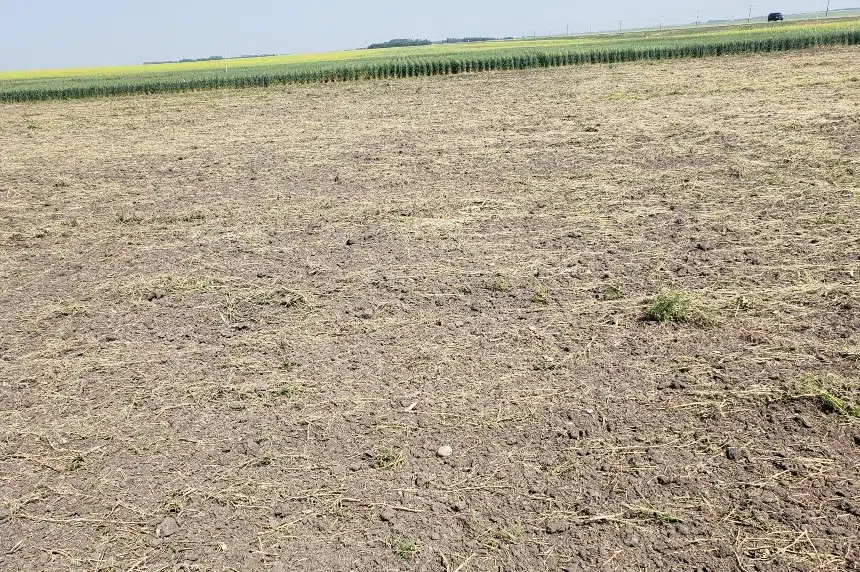It’s probably little comfort to farmers watching their parched fields but the heat and drought this summer is an opportunity to develop future crop varieties that can withstand these conditions.
Karen Tanino, a plant sciences professor at the University of Saskatchewan, says the fields make for a great test site to see which varieties perform well and which ones don’t.
“These environmental conditions are negative … but there is a little bit of a silver lining,” Tanino says.
“If you’re a breeder and you’re trying to select against some stresses, you may find some lines in the field that really outperform the others.”
Developing better-adapted plants that can resist various environmental stresses has always been a priority, Tanino says, but has become all the more important in a warming planet.
“Unfortunately, we know it’s going to be even more extreme, greater fluctuation and so on,” she says.
“Although we broke weather records in June and July, I don’t think it’s going to be the last time. And we had 17 days in July, where temperatures were above 30 degrees. And so, yeah, heat and drought, are both going to be an issue.”
She explains that those two stressors are stunting plant growth. Crops are shifting from vegetative growth into their flowering stage.
“When the plant is stressed it immediately wants to survive and propagate itself. So the natural reaction is to start to flower,” Tanino says.
“So you’ll see a lot of the crops flowering at a very short height.”
Tanino says there are different strategies to help the plant survive. One of the easiest is avoidance. This could be achieved by planting a variety that can resist the spring frost and doing it earlier to get a head start on growth.
“Then it can mature naturally earlier and avoid that mid-season, summer drought and heat,” she says.
She says it takes between eight to 10 years to develop a new variety. But new ones are released each year that are superior and better adapted.
“It’s shifting the bar upwards a little bit at a time,” she says.











